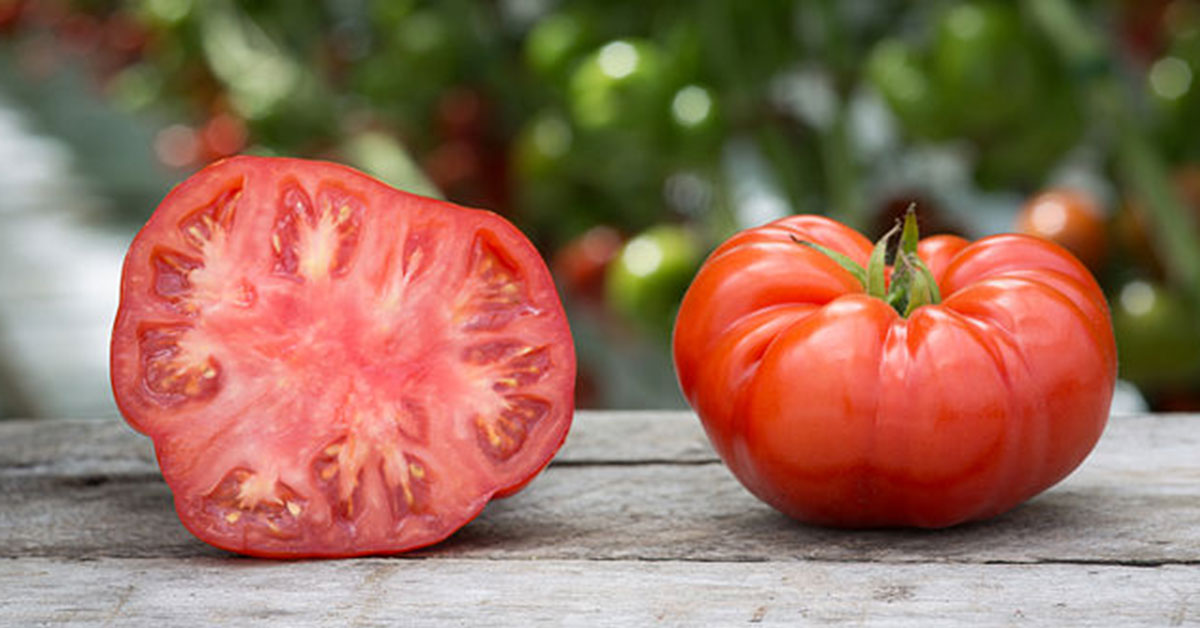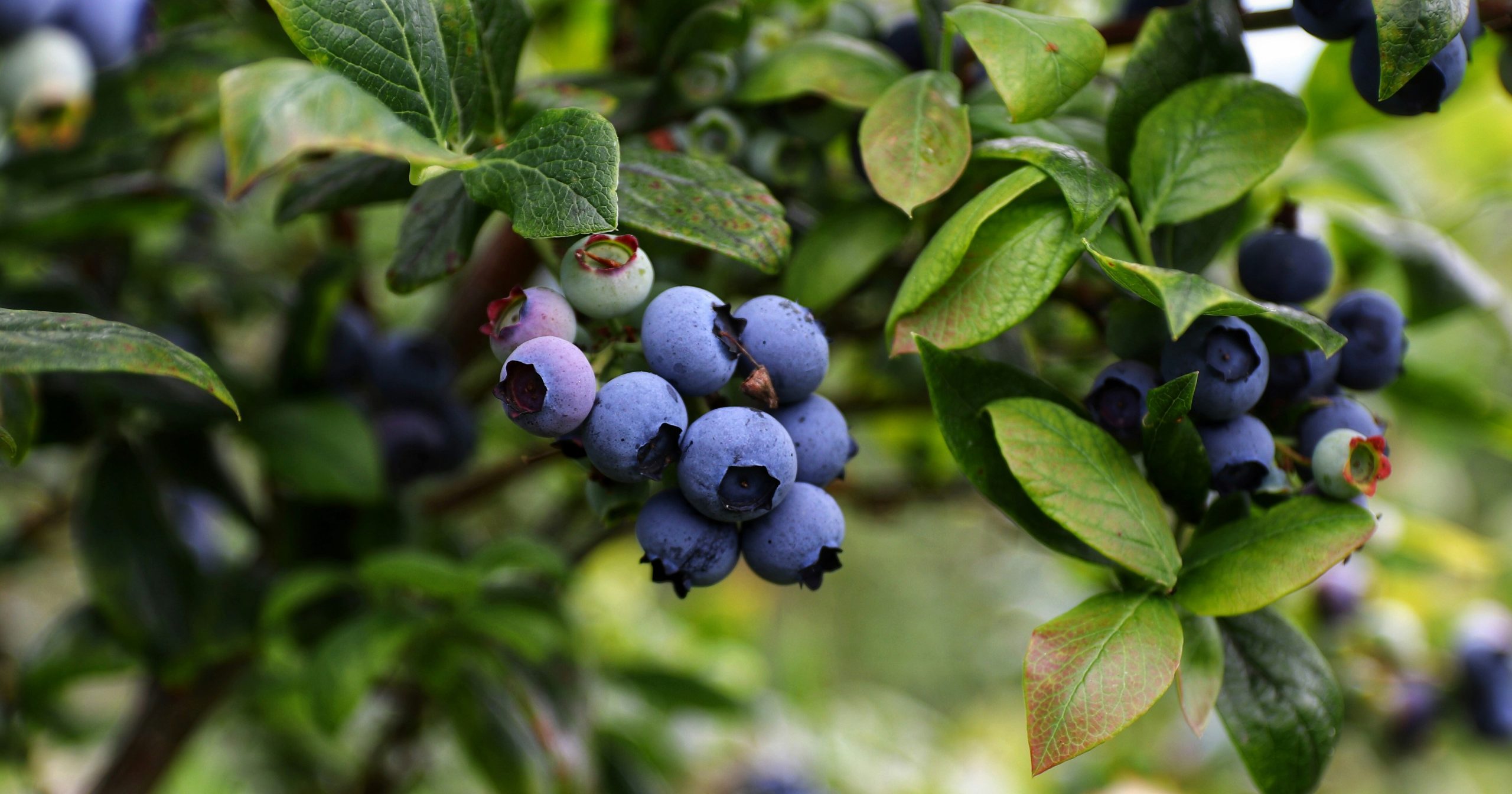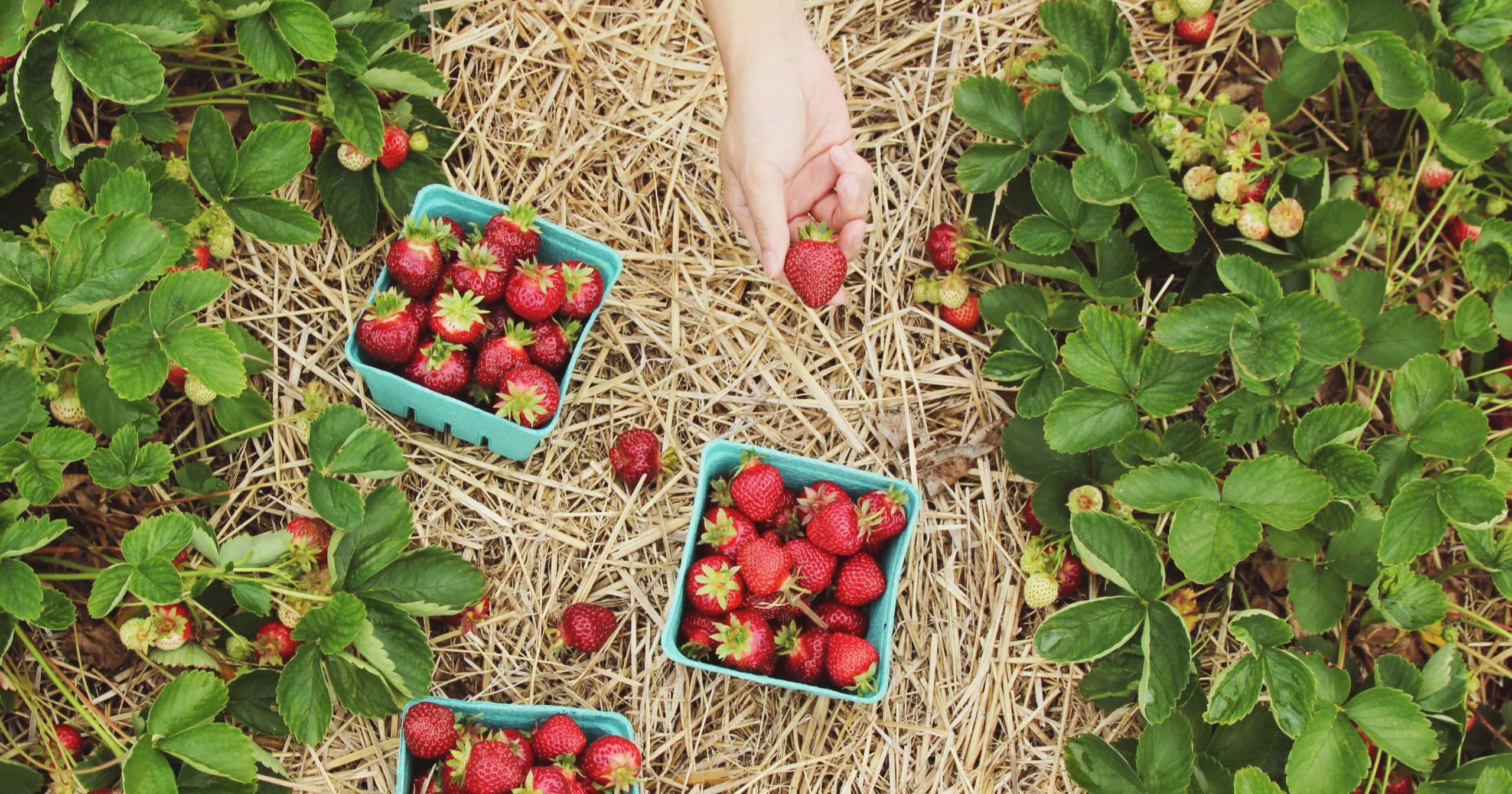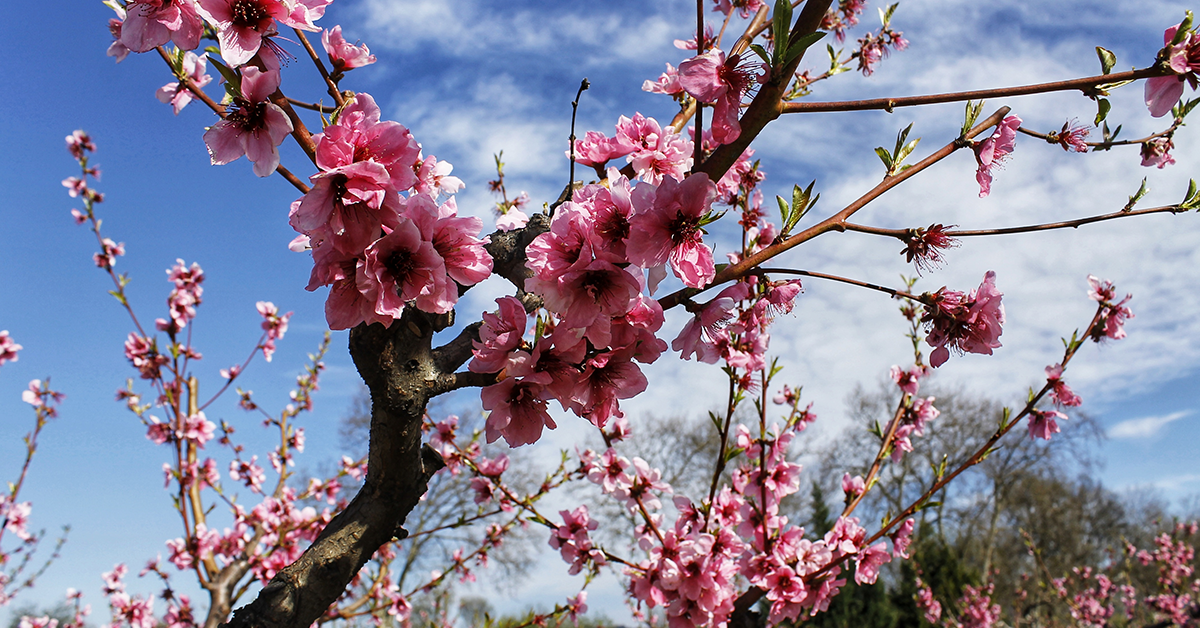The Beefsteak tomato is a large, juicy, and meaty tomato variety that is a favorite among gardeners and food enthusiasts alike. This tomato is known for its distinct flavor, rich red color, and thick flesh, making it a popular choice for sandwiches, salads, and sauces. Whether you are a seasoned gardener or a beginner, growing a Beefsteak tomato plant is a rewarding experience that will have you enjoying delicious, homegrown tomatoes in no time. In this blog, we will explore the history, characteristics, and growing requirements of the Beefsteak tomato, so you can grow your own and savor the taste of this classic tomato variety.
What is a Beefsteak tomato?
Beefsteak tomatoes are a popular type of tomato that many people enjoy. They are known for their large size and juicy, meaty texture. In fact, they are one of the largest types of tomatoes you can find, often weighing in at over a pound each!
This variety of tomato is also known for its vibrant red color and delicious taste. They have a sweet and slightly tangy flavor, making them a great addition to any dish that calls for tomatoes.
Beefsteak tomatoes are not only tasty, but they are also packed with nutrients. They are a great source of vitamins A and C, as well as potassium and fiber. So not only are they delicious, but they are also good for you!
Overall, Beefsteak tomatoes are a favorite among home gardeners and chefs alike. They are versatile and can be used in a variety of dishes, from salads and sandwiches to sauces and salsas. If you haven’t tried a Beefsteak tomato yet, you’re missing out on one of the best types of tomatoes out there!
How to start Beefsteak tomatoes from seed
Starting tomatoes from seed is a cost-effective and rewarding way to grow your own tomato plants. To begin, choose the tomato varieties that suit your preferences and growing conditions.
Fill seed trays or pots with a lightweight and well-draining seed starting mix, plant the seeds at the recommended depth, and provide adequate moisture and warmth for germination.
Once the seedlings have developed their second set of true leaves, they can be transplanted into larger containers or individual pots. Gradually acclimate the seedlings to outdoor conditions before transplanting them into the garden.
By following these basic steps, you can successfully start tomatoes from seed and enjoy a thriving crop of homegrown tomatoes.
Additional Resource: Our comprehensive guide to starting tomatoes from seed
Growing & care
Transplanting and caring for tomatoes outdoors involves a few essential steps. First, choose a sunny location with well-drained soil. Prior to transplanting, harden off the seedlings by gradually exposing them to outdoor conditions.
Dig a hole slightly larger than the root ball of each seedling and plant them, burying the stem up to the first set of leaves. Water the seedlings thoroughly after transplanting. Provide consistent watering, aiming for 1-2 inches of water per week.
Stake or cage the plants for support and prune indeterminate varieties by removing suckers. Monitor for pests and diseases, taking prompt action if necessary. By following these steps, you’ll set your tomato plants up for healthy growth and a fruitful harvest.
Additional Resource: How to transplant and care for tomatoes outdoors
Common tomato pests and diseases
Tomatoes are susceptible to various pests and diseases that can affect their health and productivity. Some common tomato pests include aphids, tomato hornworms, whiteflies, and cutworms. These pests can cause damage to leaves, stems, and fruit, leading to reduced plant vigor and yield.
Additionally, tomato plants can be affected by diseases such as early blight, late blight, fusarium wilt, and verticillium wilt. These diseases can cause leaf discoloration, wilting, and fruit rot. Proper identification and timely intervention are crucial to effectively manage these pests and diseases and ensure the successful growth of tomato plants.
Additional Resource: Comprehensive list of tomato diseases and pests and how to fix them
Common problems
Beefsteak tomatoes are one of the most popular varieties of tomatoes grown by gardeners and farmers alike. They are known for their large size, juicy flesh, and excellent flavor. However, like any other plant, Beefsteak tomatoes can face some common problems that can affect their growth and harvest.
Here are some of the common problems that gardeners may encounter when growing Beefsteak tomatoes:
- Blossom end rot: This is a physiological disorder that affects the bottom of the tomato fruit. It is caused by a calcium deficiency in the plant, which can be caused by irregular watering or poor soil conditions. To prevent blossom end rot, make sure to water your plants regularly and provide them with a balanced fertilizer.
- Tomato hornworms: These large green caterpillars can wreak havoc on your tomato plants. They can eat through the leaves and stems, leaving your plant vulnerable to disease and other pests. To control hornworms, you can handpick them off the plant or use an organic pesticide.
- Early blight: This fungal disease affects the leaves of the tomato plant, causing them to turn yellow and eventually die. It is caused by warm and humid conditions, which can promote the growth of the fungus. To prevent early blight, make sure to space your plants properly and avoid watering them overhead.
- Late blight: This is a serious fungal disease that affects both the leaves and the fruit of the tomato plant. It can cause the fruit to rot and turn brown, making it unsuitable for consumption. To prevent late blight, make sure to remove any infected plants from your garden and avoid planting tomatoes in the same spot for at least two years.
- Cracking: Beefsteak tomatoes are prone to cracking, which can occur when the fruit absorbs too much water too quickly. To prevent cracking, make sure to water your plants evenly and avoid overwatering them.
While these problems can be frustrating, they can be prevented with proper care and attention. By following these tips, you can ensure a healthy and bountiful harvest of Beefsteak tomatoes.
Uses
Beefsteak tomatoes are one of the most popular types of tomatoes in the world. They are large, juicy, and meaty, making them ideal for a variety of dishes. Here are some of the most common uses for beefsteak tomatoes:
- Sandwiches: Beefsteak tomatoes are perfect for sandwiches. Their size and texture make them a great addition to any sandwich, from a classic BLT to a turkey and avocado sandwich.
- Salads: Beefsteak tomatoes are a staple in many salads. They add flavor, texture, and color to any salad, from a simple garden salad to a more complex Caprese salad.
- Salsas: Beefsteak tomatoes are a key ingredient in many types of salsa. Their juicy texture and mild flavor make them an excellent base for spicy and flavorful salsas.
- Sauces: Beefsteak tomatoes are often used as the base for pasta sauces, pizza sauces, and other types of sauces. Their meaty texture and rich flavor make them a great choice for creating a thick and flavorful sauce.
- Grilled: Beefsteak tomatoes can be grilled to perfection. They become slightly charred and smoky, making them a great addition to any barbecue or grilled meal.
Overall, beefsteak tomatoes are incredibly versatile and can be used in a wide variety of dishes. Their juicy texture, rich flavor, and meaty consistency make them a favorite of chefs and home cooks alike.




